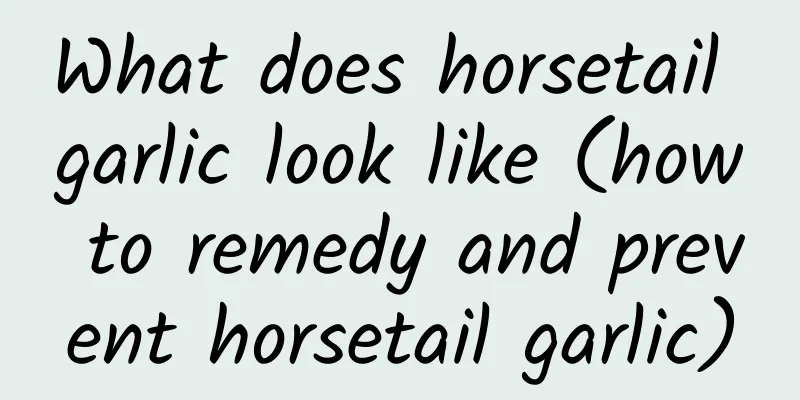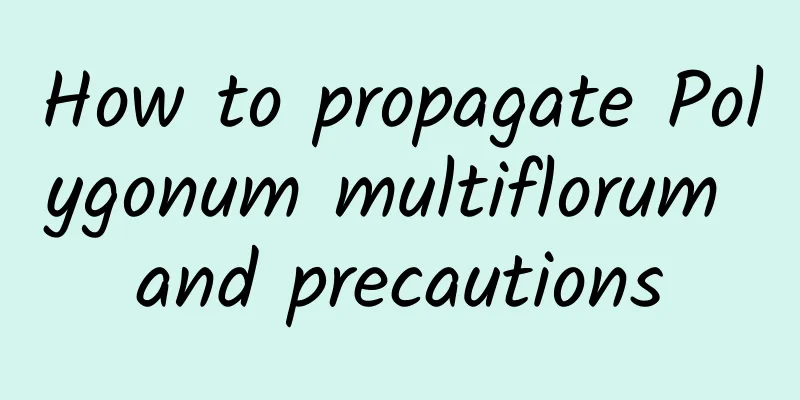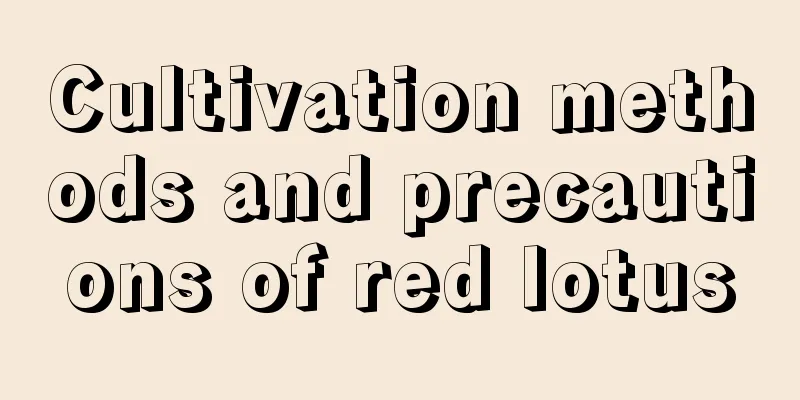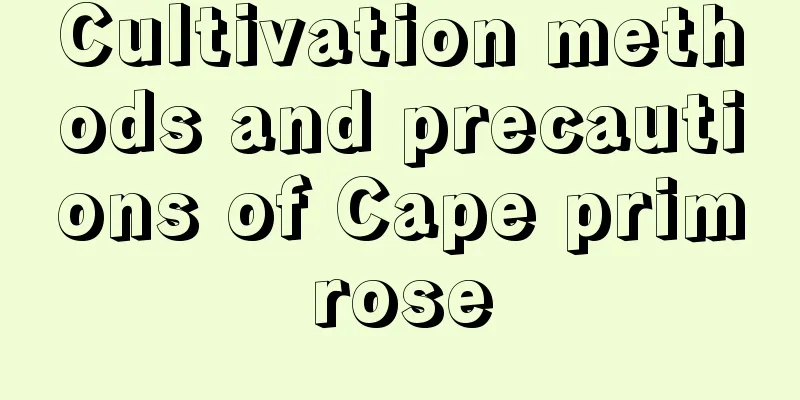What does horsetail garlic look like (how to remedy and prevent horsetail garlic)

|
There are a lot of "horsetail garlic" growing here this year. A few days ago, someone asked us why there were "horsetail garlic"? First, what is horsetail garlic?"Horsetail garlic" is a figurative term, which means that many tiny leaves grow in the leaf holes of the garlic stalk, like horsetails or beards, so it is also called "regenerated leaf stalk garlic", "garlic with side branches", "bearded garlic", etc. The scientific name of "horsetail garlic" should be "secondary growth of garlic". It is the abnormal phenomenon formed by the regrowth of garlic cloves before we harvest the garlic heads. Things like secondary growth, horsetail, beard, division, forking, double petals, and scattered petals are all secondary growth . Secondary growth of garlic is not good, the consequence is that the garlic cloves are not arranged well, such as loose, back-shaped and other abnormal garlic heads. No one is willing to buy such garlic heads, which is a big blow to garlic farmers and the losses are quite serious. I once saw a field of garlic where the secondary growth rate reached over 70%. Less than a few hundred kilograms of garlic were picked from an acre of garlic, and the garlic farmers shook their heads and sighed. Second, what are the causes of horsetail garlic?There are many reasons for garlic "horsetail" or secondary growth, which can be mainly attributed to 9 major reasons. 1. Reasons for varieties , such as Tianjin red skin, Cangshan garlic, Lunong garlic, etc. 2. The temperature and humidity during storage of garlic seeds, low temperature or high temperature , high humidity, etc. will cause the horsetail phenomenon of garlic after sowing. 3. During the sowing period , if sowing is too early, the phenomenon of horsetail will be aggravated, especially when the soil moisture is high and sowing is early, the probability of occurrence will increase greatly. For example, there are a lot of "horsetail garlic" here this year, mainly because there was a lot of rainfall last autumn, the ground was wet, and the planting was too early, so large areas of "horsetail garlic" appeared. 4. The size of the garlic cloves . If the garlic cloves are too large or too small when sowing, "horsetail garlic" may occur. 5. Water management : The amount of water and the period of watering during the growth period of garlic have a great influence on the production of "horsetail garlic". If you water more often and in larger amounts during the differentiation period of garlic, you will get more "horsetail garlic". 6. Fertilizer reasons , especially excessive use of nitrogen fertilizer. For example, during the green period of early spring garlic, if too much nitrogen fertilizer is applied, the more "horsetail garlic" will appear. 7. Cultivation method : most of them are now covered with plastic film, which has the benefit of increasing production and income. But at the same time, you will also find that the garlic covered with plastic film produces more garlic than the "horsetail garlic" grown in the open field without any cover. 8. Due to climatic reasons , if the temperature rises quickly in early spring and the garlic begins to differentiate, but then there is continuous rainfall and temperature drop, there will be more "horsetail garlic". 9. Trauma . For example, during the differentiation period of garlic, whether it is the above-ground plant or the underground garlic, if it is damaged by insect pests or other damages, the number of "horsetail garlic" will also increase. Third, the prevention and control measures of horsetail garlicThe key to preventing and controlling "Horsetail Garlic" is "prevention", namely: Choose a good variety, one that is not prone to producing "horsetail garlic"; The second is to sow seeds at the right time, not too early or too late; The third is scientific fertilization, especially in spring, less nitrogen fertilizer should be applied, and multiple large-scale nitrogen fertilizer applications should be avoided. It is better to use organic fertilizer + appropriate amount of fertilizer and timely supplement of trace element fertilizer; Fourth, pay attention to proper watering, pay attention to drainage, and water frequently with small amounts of water during droughts; Fifth, try to avoid damage to underground or above-ground parts during field management. In short, your garlic has already shown the phenomenon of "horsetail garlic", that is, secondary growth. It is now very difficult to handle. It is better to harvest it early. In the future, pay attention to the above points and do a good job of prevention. |
Recommend
What fertilizer is good for fertilizing crabapple trees? Fertilizer selection tips for fertilizing flowers
The crabapple tree is relatively fertilizer-lovin...
Hydroponic method of freesia
Choosing a hydroponic vase In fact, if you are no...
His cactus has 100 flowers in bloom, but yours is still pretending to be dead? Why?
Daily care tips for cactus Cactus does not have h...
How to propagate and raise peony
1. How to breed The propagation method of peony i...
Can the fortune tree be pruned? If it grows too tall, how can it be trimmed into shape?
Can the fortune tree be pruned? The money tree ca...
There is actually such a saying about the plant culture of monk fruit!
The legend of monk fruit The story goes like this...
How long is the growing cycle of wheat?
Introduction to wheat growth Wheat has a wide ada...
Camellia rhododendron cultivation method
1. Breeding methods 1. Soil: Camellia azalea grow...
What soil is suitable for growing grapes?
The soil for growing grapes must be well-drained ...
Where is the best place to plant konjac?
Konjac Planting Conditions Konjac is generally pl...
Diseases and prevention methods of the flower dance
Common diseases of the flower dance: Anthracnose ...
Hydroponic flowers are not afraid of root rot, learn three tricks
Hydroponic flower water plugging method Water plu...
Can gerbera bloom in winter?
Normal flowering period It only takes two months ...
Amazing! Vegetable bonsai that are more beautiful than flowers
Chinese cabbage carrot radish Lettuce, kale sweet...
How to grow peacock grass
1. Breeding temperature Usually, it is difficult ...









